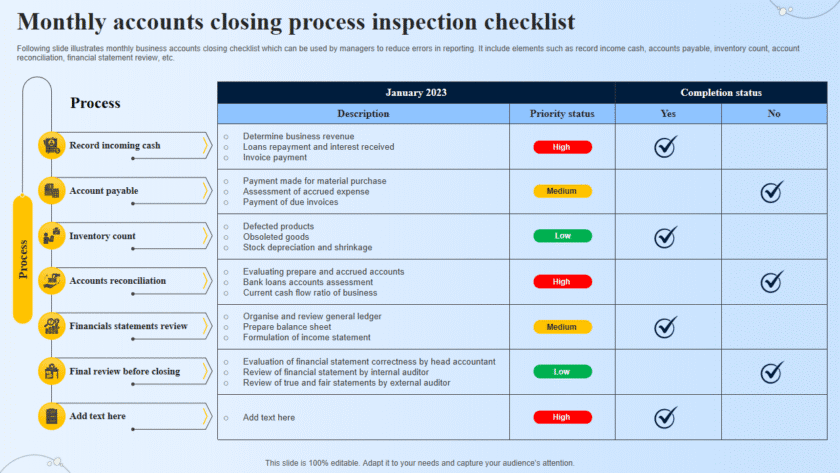Key Benefits of Cloud Computing
Cloud computing offers a wide array of benefits that cater to various needs across industries. Here are the primary advantages:
1. Cost Efficiency
- Reduced Capital Expenditure: Cloud computing eliminates the need for significant upfront investments in hardware and infrastructure, as these are provided by cloud service providers on a subscription basis.
- Operational Cost Savings: By outsourcing IT infrastructure and maintenance to cloud providers, businesses can reduce costs related to physical data centers, such as power, cooling, and IT staffing.
2. Scalability
- On-Demand Resources: Cloud computing allows businesses to scale their resources up or down based on current needs, ensuring they only pay for what they use, which is ideal for businesses with fluctuating demands.
- Elasticity: Companies can easily adjust their capacity and capabilities to accommodate growth or seasonal spikes without over-provisioning resources.
3. Flexibility and Mobility
- Remote Access: Cloud services enable users to access data and applications from anywhere with an internet connection, supporting remote work and global collaboration.
- Multi-Device Access: Cloud computing provides seamless access across multiple devices, including desktops, laptops, tablets, and smartphones, ensuring flexibility in how and where work is done.
4. Disaster Recovery and Business Continuity
- Data Backup: Cloud services typically include automated backups, which ensure that data is regularly saved and can be restored in case of a system failure or data loss.
- Resilience and Redundancy: Cloud providers often offer disaster recovery solutions that allow businesses to quickly recover from disruptions, minimizing downtime and maintaining continuity.
5. Security
- Advanced Security Features: Cloud providers invest heavily in security technologies, such as encryption, firewalls, and identity management, to protect data from breaches and unauthorized access.
- Regular Security Updates: Cloud services are frequently updated with the latest security patches and improvements, reducing the risk of vulnerabilities being exploited.
6. Collaboration and Productivity
- Real-Time Collaboration: Cloud-based applications allow multiple users to work on the same documents or projects simultaneously, enhancing teamwork and productivity.
- Integrated Communication Tools: Many cloud platforms offer built-in communication tools like email, chat, and video conferencing, streamlining team collaboration.
7. Automatic Software Updates
- Managed Updates: Cloud service providers manage and deploy software updates automatically, ensuring that users always have access to the latest features and security enhancements without manual intervention.
- Reduced Maintenance: Automatic updates reduce the burden on IT teams, allowing them to focus on more strategic tasks.
8. Global Reach and Accessibility
- Anywhere, Anytime Access: Cloud computing allows businesses to operate on a global scale, with employees and customers able to access services and data from anywhere in the world.
- Content Delivery Networks (CDNs): Cloud providers often utilize CDNs to deliver content quickly and reliably to users across the globe by caching it in geographically dispersed data centers.
9. Innovation and Competitive Edge
- Access to Advanced Technologies: Cloud platforms provide access to the latest technologies, such as artificial intelligence, machine learning, and big data analytics, which can drive innovation and provide a competitive advantage.
- Faster Time to Market: The agility provided by cloud computing allows businesses to develop, test, and launch new products and services more rapidly, staying ahead of competitors.
10. Environmental Sustainability
- Efficient Resource Use: Cloud computing is generally more energy-efficient than traditional on-premises data centers, as resources are optimized and shared among multiple users.
- Reduced Carbon Footprint: By consolidating data centers and optimizing energy use, cloud providers help reduce the overall carbon footprint associated with IT operations.
11. Simplified IT Management
- Centralized Management: Cloud services often provide centralized management tools that simplify the oversight and control of IT resources, making it easier to manage large and complex IT environments.
- Reduced Complexity: By handling infrastructure, security, and updates, cloud providers free up IT teams to focus on more strategic initiatives rather than day-to-day management.
Conclusion
Cloud computing offers a multitude of benefits that enhance efficiency, scalability, and innovation while reducing costs and operational complexity. Whether for small businesses or large enterprises, the cloud provides the flexibility and power needed to thrive in an increasingly digital world, making it a critical component of modern business strategy.






